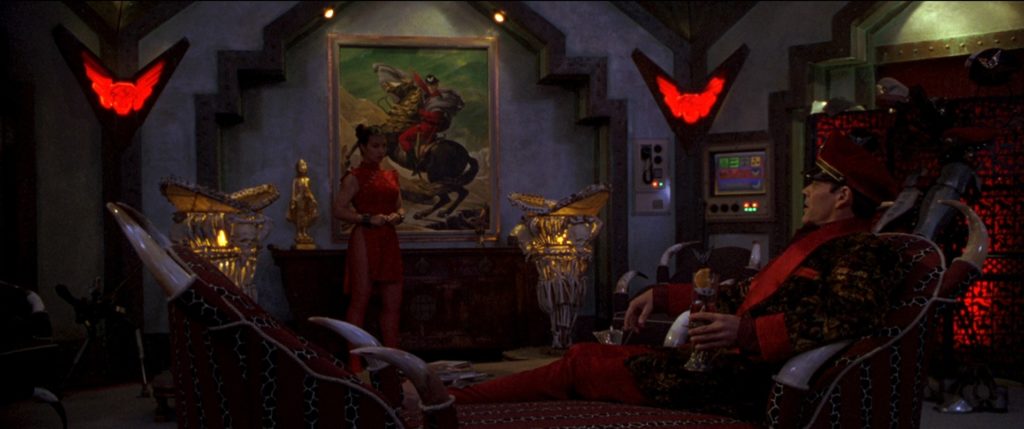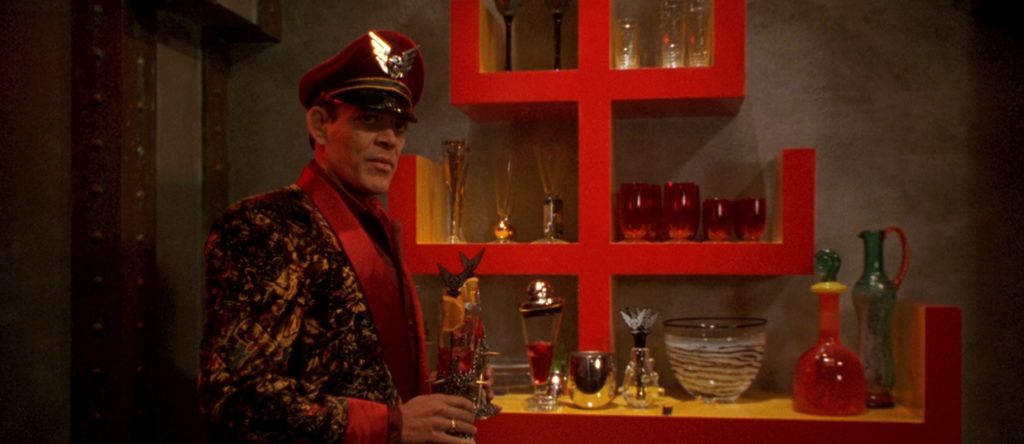
As I write, the new Super Mario Bros. Movie has been released in theatres. I haven’t seen it yet but I will be this week with my son who is around the same age I was when the live-action Super Mario Bros. film released in 1993 — thirty years ago next month. I quipped that he at least got a better film than I did when I was his age. Indeed, video game adaptations began with that notorious film and with few exceptions, haven’t improved since. The following year adaptations of both Street Fighter and Double Dragon were released followed (in 1995), with Mortal Kombat; which I reviewed a long time ago. The Mortal Kombat film had its flaws but was generally thought to be the best of a disappointing series of early video game adaptations.
Even today, it is arguable that there has never been a “good” film based on a video game but I would reject such an argument. This is simply because I don’t see film as the sophisticated medium that many do. Generally speaking, if I want something highbrow — I’ll read a book. That is not to say that I see no art in cinema but that I believe the strengths of the medium are found more in genres with wide appeal than in the arthouse. The films I believe best take advantage of the medium are ones with a lot of spectacle to them so I tend to prefer action/adventure films over the average film that gets nominated for an Academy Award or is shown at an avant-garde film festival. And as I spent a weekend a few weeks back reading a paperback called Dinosaur Beach, I also enjoy “lowbrow” books as well as more sophisticated novels.
I do recall the first time I watched the Super Mario Bros. movie as a child. It was rented from my local video shop (I believe), on my birthday. My trips to the cinema were relatively rare so this is how I saw most films and though I don’t remember much, I remember being rather baffled by the film and not liking it. I watched it through again for the first time recently (I believe since I originally saw it), and this only confirmed my disdain for the film. It was actually even worse than I remember and I think I would compete with Nintendo in the fervency of my wish that it had never been made.
I saw Street Fighter a little while later though my memories of the time have somewhat blended together so I’m not sure whether I had rented both films on the same occasion or not. In any case, I don’t remember liking or disliking it. At the time, my young mind could see no reason why any aspect of the game should be changed to work in another medium. The same was true of Mortal Kombat even though I overlooked much because of how entertaining it was. While I loved Mortal Kombat from the first time I saw it, Street Fighter continued to grow in my esteem in subsequent viewings.
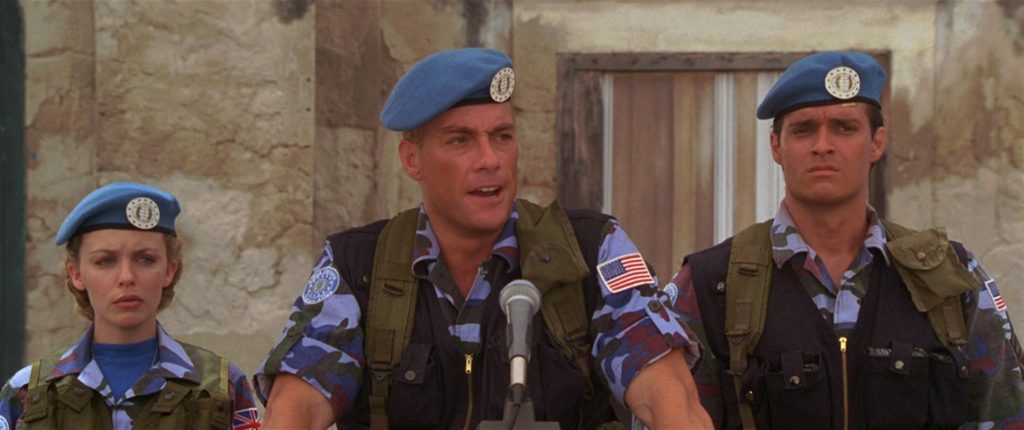
For those unfamiliar, the film stars Jean-Claude Van Damme as the American character Col. Guile though his thick Belgian accent is certainly incongruous to his character’s nationality. Nonetheless, his physical presence makes this easy to overlook and Van Damme was then at the height of his popularity as an action/martial-arts film star. From what I understand, a goodly portion of the budget was spent on getting him and so much so that there wasn’t a lot left for the rest of the production which certainly shows at times. The film was directly financed by Capcom who also held a lot of creative control and though it wasn’t a success with critics, it did do well at the box office and Van Damme’s presence would certainly have played a big part in this. It also starred Raul Julia as M. Bison in his final film role and he died a few months before the film was released. I will come back to him later as he really does steal the show and elevate the film. He was also well known to audiences through the two Addams Family films of the early 1990s. The other big name (at least to Australian and British audiences), was Kylie Minogue who plays Cammy. I did not know until recently that much of the film was shot in Australia (except for some portions in Thailand), and that this helped her get a part. Minogue was already an established actress and pop singer though her particular talents were more in the latter as her performance in this aptly demonstrates.
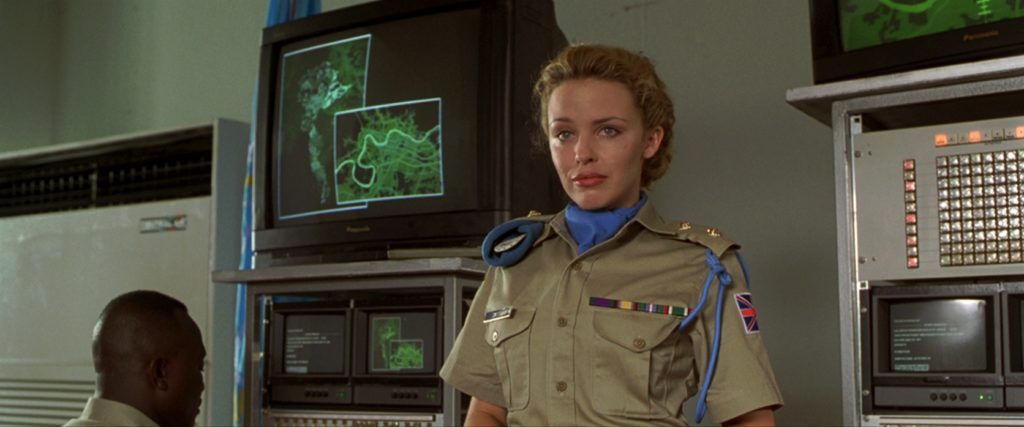
One of the challenges of making a film like this is it is based on a game that had sixteen characters and fifteen of these appear in the film. Ryu and Ken are the better recognised in the game but have a reduced role as two would-be swindlers who get caught up in wider events. Other characters have the same names and physical similarities with their inspiration but aren’t actually fighters. Indeed, the film has very little “street fighting” and unlike the game, is not based on a world warrior fighting competition. The script does do a respectable job of bringing all of these characters together in a coherent way though. Many of the characters are very close in appearance to their game counterparts — particularly Vega, M. Bison and Zangief. Dee Jay is now one of M. Bison’s minions along with Zangief. Chun-Li played by Ming-Na Wen is now a reporter with Balrog and E. Honda as part of her production crew. Her revenge story against Bison from the game is still included and they even contrive to get her in-game costume.
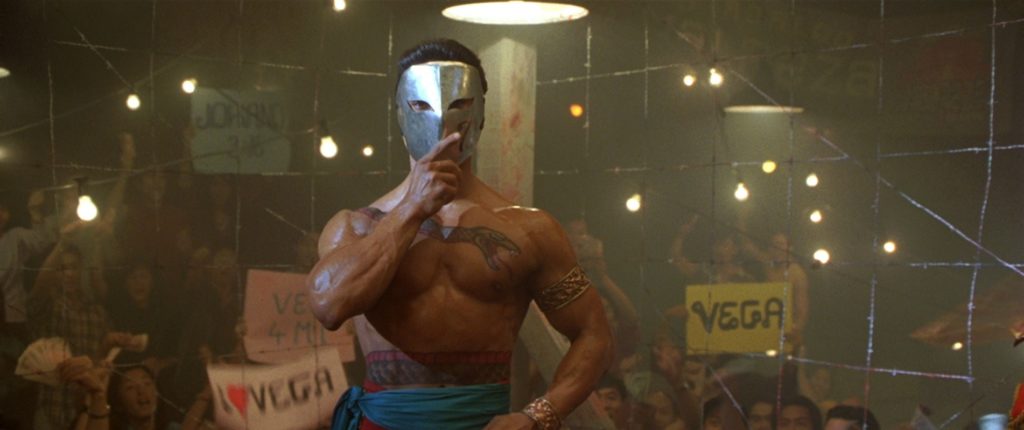
My childhood self wanted to take this all very seriously and as an example, I remember the comedic elements of the 1960s Batman show going completely over my head when I was young. This film does not take itself seriously and from the beginning is clearly played for laughs. An early scene in the film has Thai fighter Sagat asked if he knows about a curfew to which he responds, “In Shadaloo, nobody tells me anything.” Shortly after, a helicopter flies over to remind all about the curfew. At one point late in the film during an action sequence, Minogue’s Cammy yells out “kick” as she kicks any enemy. The UN soldiers under Guile’s command wear bright blue uniforms while M. Bison’s are in red and this all while fighting in a jungle environment. At one point, M. Bison is using an arcade joystick to release water mines while trying to destroy Guile’s “stealth boat”. Japanese actor Kenya Sawada was included on the insistence of Capcom despite barely being able to speak English. His delivery is noticeably poor but his credit, the native English speakers often aren’t much better. In short, there is a plethora of intended and unintended silliness.

This might all sound bad (and it is to an extent), but all of these problems somehow make the film more endearing. As mentioned above, it is when Raul Julia is on-screen that the film is really engaging as he does everything he can to make the material he has been given work. It is not just his acting skills but the fact that he really does look like his video game character and is helped further by the wonderful costume design. There are many classic lines most particularly his monologue revealing his maniacal plans and his “Tuesday” scene with Chun-Li. On my most recent viewing earlier this year, I noticed other elements in the background shots such as weird paintings Bison had produced including one of Napoleon Crossing the Alps with Bison taking Napoleon’s place. At one point Chun-Li (as his prisoner) actually frowns at some of these strange paintings. I wondered if the actress was adlibing.
The film’s final act is one big battle with the characters coming together on either side to fight. This sees the sumo E. Honda in a fight with the Russian wrestler Zangief in an amusing tribute to Godzilla. Ken and Ryu fighting Vega and Sagat as well as various henchmen. Though weapons are present, they are rarely used as characters close-in with kicks and punches to better live up to the source material. This culminates with the big stand-off between Guile and M. Bison where Raul Julia again steals the show before Van Damme brings it all to a satisfying climax.
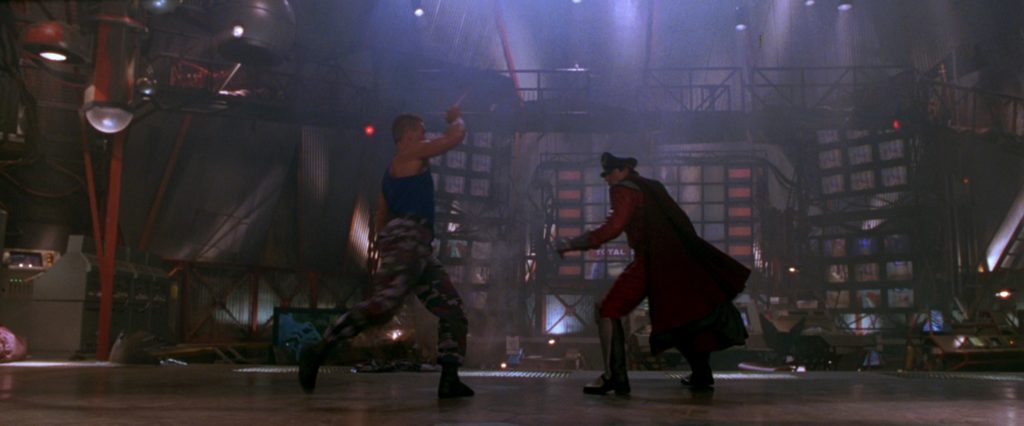
Capcom had also licensed Street Fighter II: The Animated Movie around the time of the live-action film’s release though it wasn’t released to the West until the following year. This was far more faithful to the characters and plot of the game and so I preferred it to the live-action version when I was younger. Some of the crass dialogue and unexpected adult themes also appealed to my younger mind. In hindsight though, I much prefer this despite the changes it made to the source material. Returning to where I began, I am certainly not claiming this is a work of cinematic art — quite the opposite. It is however silly fun with memorable moments and performances — particularly by the late Raul Julia.
On a final note, the problem with films based on video games is that people simply expect too much and what works for a game won’t translate as well to another medium. The reason comics in contrast have worked much better is because the technology for special effects has caught up and comics are themselves readily useable storyboards for filmmakers. What most appeals about a game — playing — can not ever be included in another medium and that will always be a significant limitation to a faithful adaptation.

